
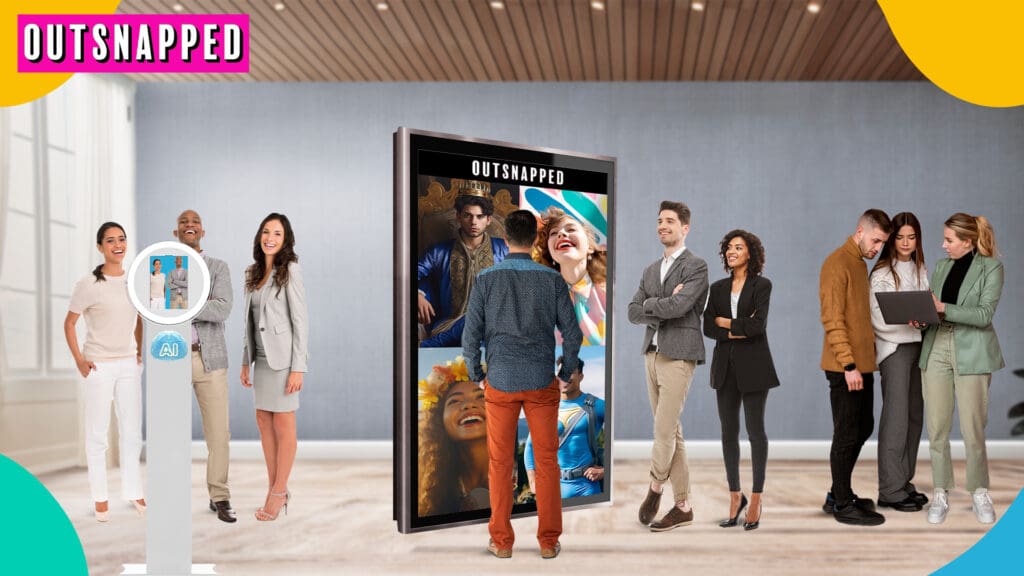
AI has transformed event photography into a viral playground, and OutSnapped's pioneering spirit has been a driving force behind this revolution. The recent Barbie AI Photo Booth's virality echoes the impact of OutSnapped's Bernie Sanders meme generator, which set a precedent with a staggering 2.5 million engagements in a mere 48 hours. This monumental reach showcased AI's viral prowess, a path first paved by OutSnapped. As we explore the advancements from rudimentary AI background removal to the nuanced art of face swapping, we'll reveal how OutSnapped's patent-pending generative AI is redefining personalization in event photography and photo booths.
Artificial Intelligence (AI) has become a pivotal innovation in the realm of event photography, particularly within the photo booth experience. This comprehensive article will dissect three primary AI technologies that are transforming the landscape: AI for background removal, FaceSwap, and generative AI, each with their distinctive pros and cons.
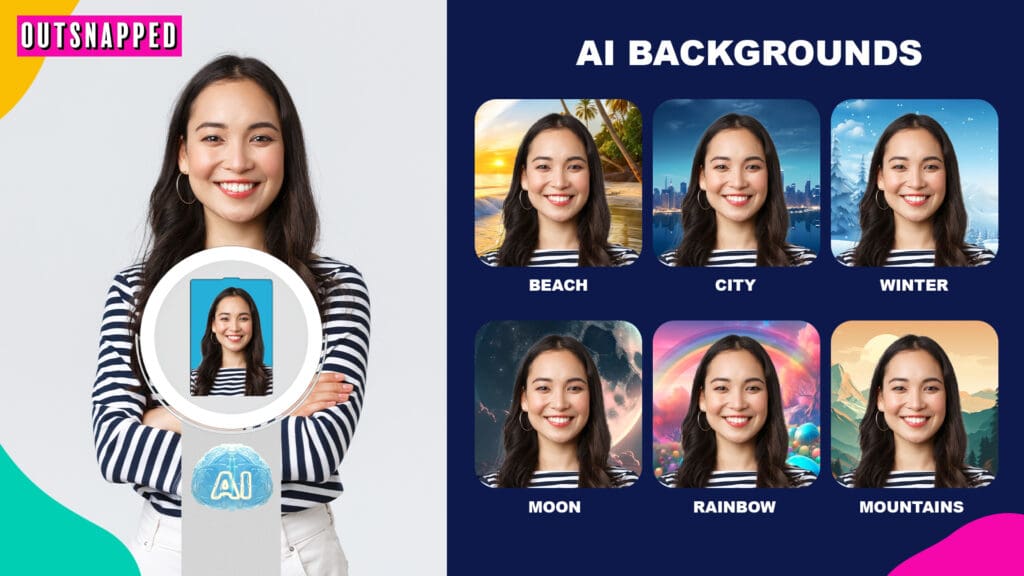
AI background removal is a technology that has effectively replaced the traditional green screen. It utilizes advanced algorithms to detect subjects and separate them from any backdrop, which is particularly useful in photo booth setups. Adobe has been at the forefront with its Photoshop and After Effects software, which offer real-time background removal features, demonstrating the capabilities of AI in this area.
The advantages of AI background removal are manifold. It offers flexibility in various environments, reduces setup time, and provides instant results, making it ideal for live events. Moreover, it can handle complex scenes where traditional green screens may fail.
However, there are drawbacks. The technology may struggle with fine details like hair or transparent objects, potentially leading to less than perfect outcomes. It also requires significant processing power and can be less reliable in certain lighting conditions.
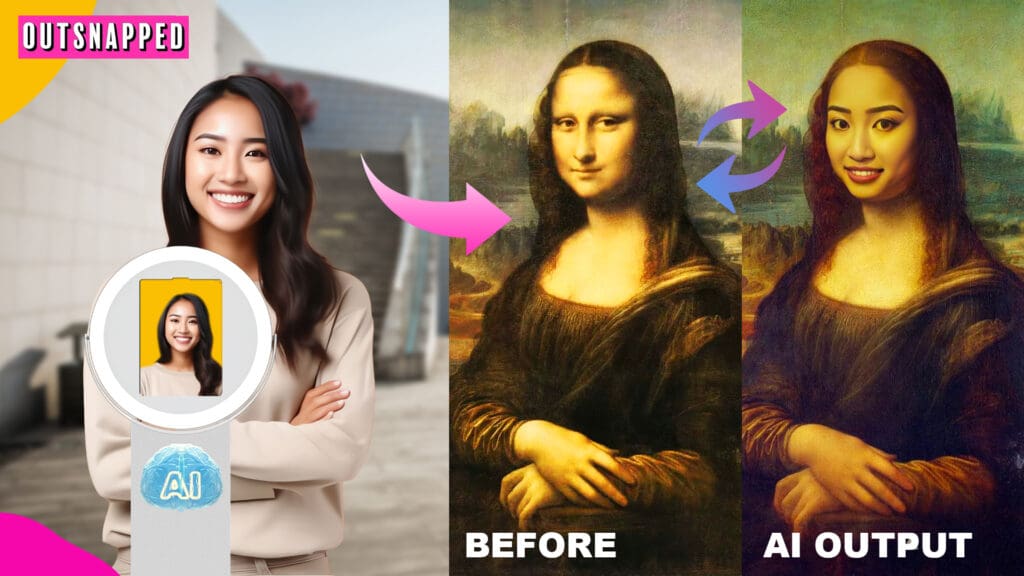

FaceSwap technology has made significant strides, with platforms like Faceswap.dev providing tools that make it possible to replace faces in images and videos with ease. These tools are often free and open-source, increasing their accessibility.
The primary benefit of FaceSwap technology is its simplicity and ease of use, allowing for quick and fun alterations to images, often for entertainment purposes.
The cons, however, are substantial. Intellectual property issues arise when swapping faces of copyrighted characters or celebrities without permission. Additionally, ethical considerations must be taken into account, particularly with the potential for misuse in creating deceptive media or 'deepfakes'.
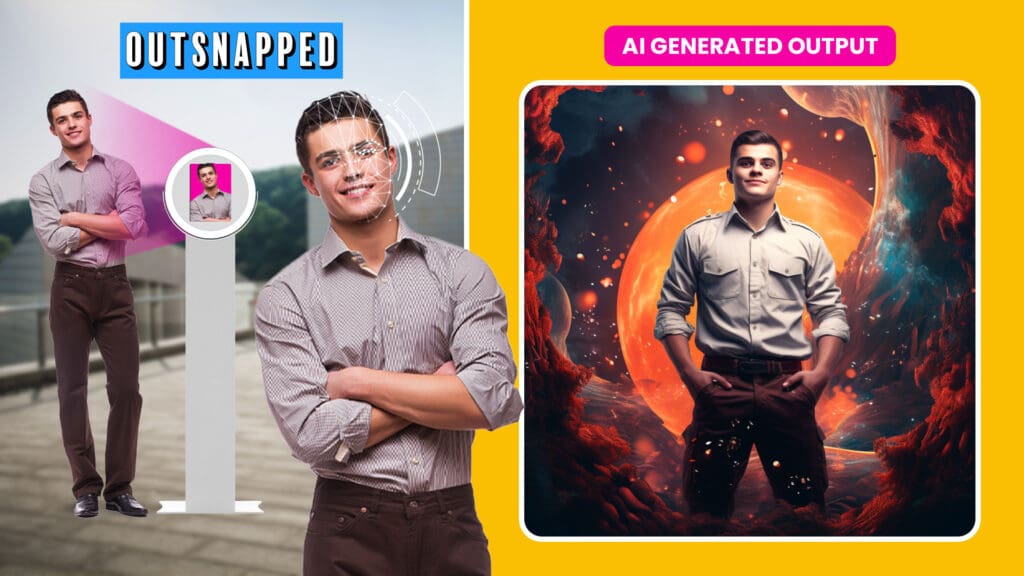

Generative AI is a leap forward in AI technology, enabling the creation of new content from base images or textual descriptions. Companies like OutSnapped are harnessing this technology to produce unique and immersive photo booth experiences. This form of AI analyzes context to generate content that can range from realistic to fantastical, offering a high degree of personalization.
Generative AI's strengths lie in its originality and compliance with intellectual property laws. It creates novel content that is inherently free from IP conflicts, making it a safer and more creative option for personalized experiences.
The main con is the need for considerable computational power to generate high-quality outputs. Additionally, the technology's sophistication means it requires more development time and specialized knowledge to implement effectively.
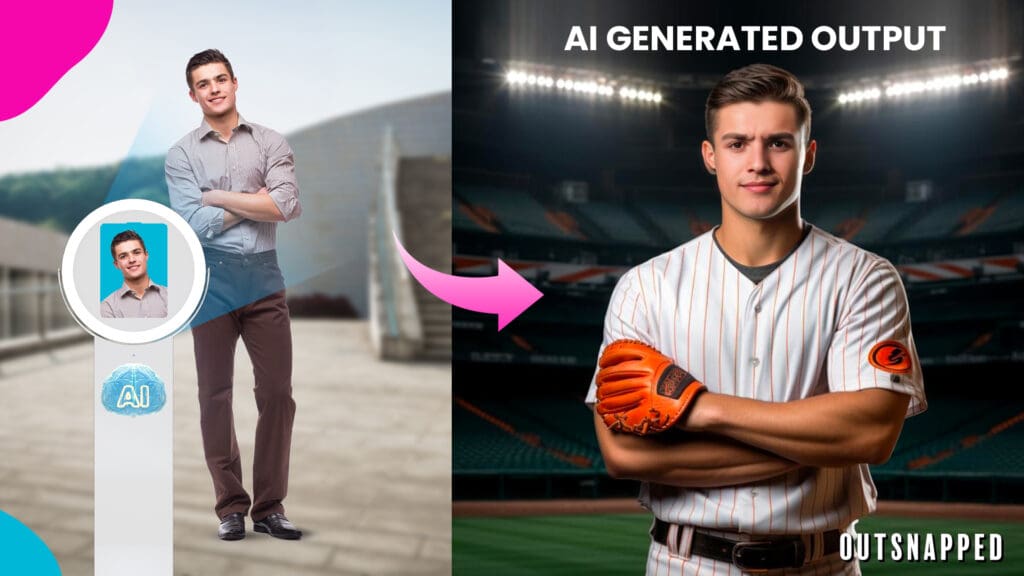
These technologies have been applied in various real-world scenarios. OutSnapped's AI photo booth technology, for instance, has been used at events like the SoFi "Face of Finance" gathering, and their presence at the Axios Global AI Summit helped users envision themselves in the future of San Francisco.
The three AI technologies examined each play a critical role in modernizing the photo booth experience. As AI continues to evolve, we can expect to see even more advanced applications that will further enhance the personalized nature of event photography. OutSnapped’s use of generative AI is a testament to the innovative future of this industry.